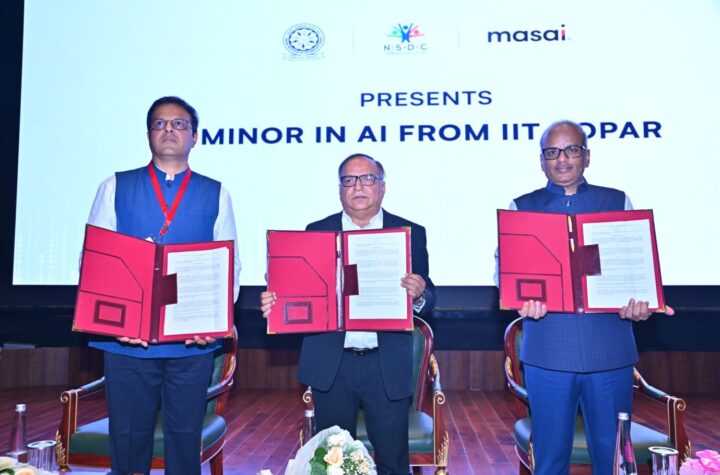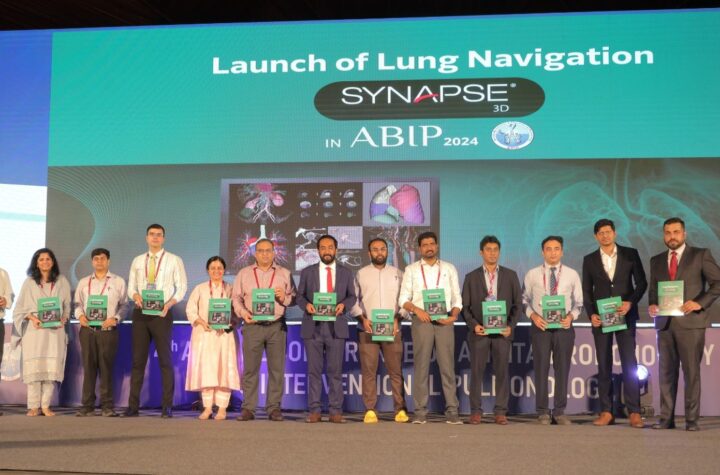
● 80% of farmer respondents witnessed soil health improvement
● 85% reported increased income from agriculture
PRADAN, a social impact organisation which has undertaken a survey around regenerative agriculture. The survey was undertaken in Jharkhand with a sample size of almost 2800 households adopting regenerative agriculture.
In their regenerative journey, these farmers are expected to adopt many other practices like minimal tillage, crop rotation, multi-cropping, moisture management, pest and disease management. Based on PRADAN’s survey in Jharkhand (in 2023), based on a sample of 2800 households with 2400 households practising Regenerative agriculture and 400 households practicing conventional agriculture, it was found that, more than 80% of respondents who practised regenerative agriculture, reported better water holding of soil, darker soil colour (indicating improvement in organic matter content more organic material), finer soil texture and more organisms which improve soil quality.
More than 70% of respondents experienced increased food production. Surprisingly, even many of the first-year farmers reported a rise in production, as it usually takes time to re-establish the soil fertility damaged due to chemical applications. More than 96% of the respondents stated that regenerative agriculture, was capable of ensuring food security for them.
An even higher percentage of respondents, 85%, reported increased income from agriculture after adopting Regenerative Agriculture. During focus group discussions farmers reported that regenerative agriculture products have longer shelf life and were preferred by consumers. Regenerative agriculture has also helped in empowering women. Initially the dada (male member) was reluctant about regenerative agriculture but through trainings, women from the SHGs managed to convince them to take a chance with regenerative agriculture.
According to Dibyendu Chaudhuri, Integrator, PRADAN, farmers who are practising regenerative agriculture, can be distinguished from conventional farmers by two basic practices: zero application of chemical inputs such as fertilisers, pesticides or weedicides, and use of inoculum for enhancing microbial activities in the soil.
These alternative practices also look at cropping as a holistic system where many crops, either together or in rotation revitalise soil health and thereby help increase production of each other. Though regenerative agriculture is eventually gaining grounds in India, the results of this kind of farming is encouraging for the environment, soil health, increased production and most importantly for the growth of farmers. Rather than focusing solely on one component and its effectiveness, most of these alternative practices follow a systemic approach and consider the entire production system including the surrounding ecosystem. These practices are based on how the entire system behaves, impacts one another and how it gets impacted with any additional input or absence of any of the essential components.
Regenerative agriculture, if focused more seriously, can change the face of Indian agriculture and take it to greater heights.




More Stories
Transforming India’s Tech Frontier: NSDC, Masai School and IIT Ropar Drive AIForBharat Initiative
JSW One Platforms hits the GMV target rate of US $1 billion in FY24
India’s Grade A Office Space Demand Projected to Cross 70 Million Square Feet in 2024: CREDAI – CRE Matrix Report